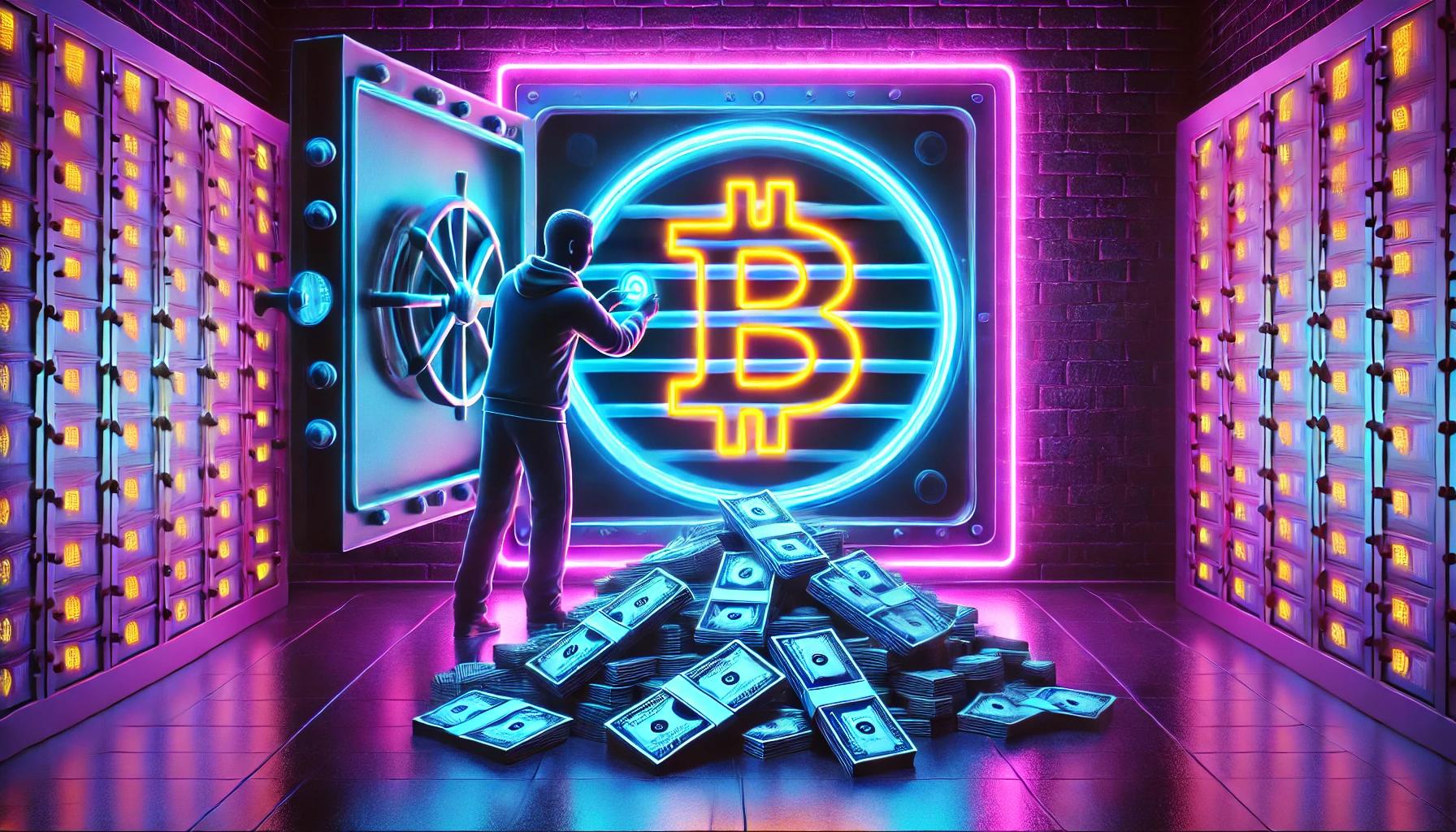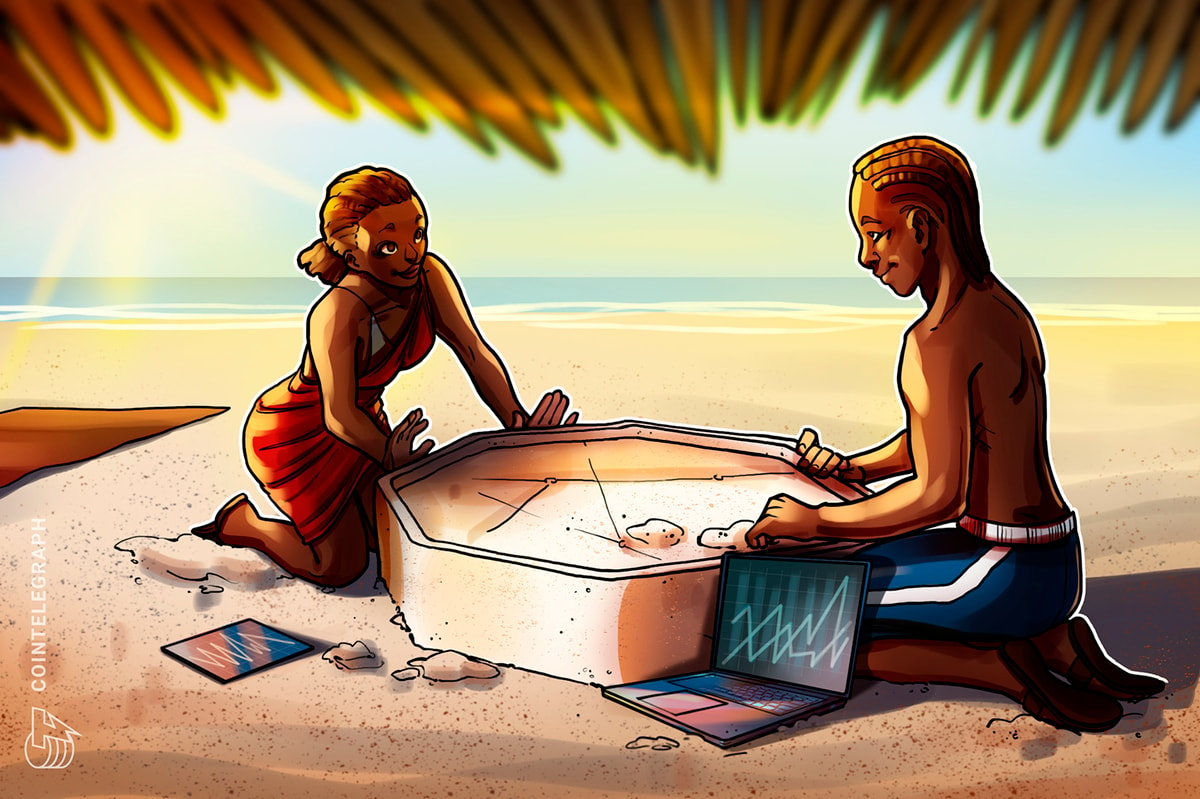
Tron’s USDD stablecoin is again at the center of controversy.
On Aug. 22, 12,000 Bitcoin worth more than $729 million, were quietly removed from the reserves backing USDD. The withdrawal was likely decided unilaterally by Tron’s founder, Justin Sun, with the Tron DAO receiving no consultation. The last DAO vote took place in May 2023.
Roughly 98% of the reserves backing USDD now comprise $1.67 billion worth of Tron’s native TRX token, alongside 19 million of Tether’s USDT stablecoin. With 744 million USDD in circulation, the stablecoin still boasts a collateralization ratio of more than 230%.
Sun said the move was intended to improve capital efficiency, noting that collateral holders can freely withdraw assets when the collateralization of USDD’s vaults exceeds between 120% and 150%.
“USDD has a long-term collateralization rate exceeding 300%, which means that the capital utilization is not very efficient,” Sun said. “The TRON DAO Reserve plans to spend time upgrading USDD in the future to make it a more competitive decentralized stablecoin in the market.”
Sun compared USDD to MakerDAO’s decentralized stablecoin, DAI, which users can mint against over-collateralized deposits. The maximum collateralization threshold of DAI’s reserves is determined through community governance.
Tron community concerned
However, many in Tron’s community appear shaken by the sudden and sizable BTC withdrawals from USDD reserves.
“I’m not feeling too convinced that this is a good idea removing the BTC backing USDD,” said X user, BRTcrpt. “The BTC backing gave trust and confidence to the system. I hope [Sun] will consider to roll back this decision and re establish some BTC backing.”
Otteroooo, a popular web3 influencer, likened USDD to Terra’s failed UST stablecoin.
“Recall that UST was backed by LUNA,” Otterooootweeted. “The community is obviously spooked… USDD holders have become unsecured lenders.”
TerraUSD (UST) sought to maintain its peg to the U.S. dollar using an algorithmic mechanism allowing holders to redeem tokens for $1 worth of Terra’s native LUNA token. After UST grew to a market cap of nearly $18.8 billion, UST and LUNA spectacularly collapsed in May 2022, wiping out more than $47 billion from both assets’ capitalization within one month.
USDD’s controversial emergence
USDD was launched in April 2022, then comprising a TRX-backed algorithmic stablecoin seemingly taking inspiration from UST’s success.
However, USDD shifted to an overcollateralized design in early June 2022 following UST’s failure. Its reserves included a stash of 14,040.6 BTC accounting for 29.5% of USDD’s backing at a 201% collateralization ratio, while TRX made up 50% of the reserves.
Despite the move, USDD dipped to $0.96 that same month. USDD then tested $0.98 on several occasions between November 2022 and January 2023, and retested the same level during January and April of this year.
In April 2023, Bluechip, a stablecoin rating agency gave USDD a poor rating due to its heavy reliance on Tron’s native token TRX and lack of transparency.
“USDD is controlled by a small group of insiders,” the report said. “USDD holders have no legal or code-based protection and are at the mercy of Tron DAO Reserve.”
Bluechip also warned that USDD’s reserve could be subject to Sun and his Huobi exchange commingling the assets.
“The wallet containing USDD’s BTC has been claimed by Huobi exchange as their own,” Bluechip said. “As both USDD and Huobi are controlled by Justin Sun, we suspect commingling of assets. We strongly recommend users NOT to use USDD,”
The price of TRX is down 1.7% over the past 24 hours, but up 45% since the start of the year, according to The Defiant’s crypto price feeds.
Read More: thedefiant.io








 Bitcoin
Bitcoin  Ethereum
Ethereum  Tether
Tether  XRP
XRP  Solana
Solana  USDC
USDC  Dogecoin
Dogecoin  TRON
TRON  Cardano
Cardano  Lido Staked Ether
Lido Staked Ether  Wrapped Bitcoin
Wrapped Bitcoin  Hyperliquid
Hyperliquid  Sui
Sui  Wrapped stETH
Wrapped stETH  Chainlink
Chainlink  Avalanche
Avalanche  Stellar
Stellar  Toncoin
Toncoin  LEO Token
LEO Token  Bitcoin Cash
Bitcoin Cash  Shiba Inu
Shiba Inu  Hedera
Hedera  USDS
USDS  WETH
WETH  Litecoin
Litecoin  Wrapped eETH
Wrapped eETH  Polkadot
Polkadot  Monero
Monero  Binance Bridged USDT (BNB Smart Chain)
Binance Bridged USDT (BNB Smart Chain)  Bitget Token
Bitget Token  Pepe
Pepe  Ethena USDe
Ethena USDe  Pi Network
Pi Network  Coinbase Wrapped BTC
Coinbase Wrapped BTC  WhiteBIT Coin
WhiteBIT Coin  Dai
Dai  Uniswap
Uniswap  Aave
Aave  Bittensor
Bittensor  Aptos
Aptos  NEAR Protocol
NEAR Protocol  Cronos
Cronos  OKB
OKB  Jito Staked SOL
Jito Staked SOL  Ethena Staked USDe
Ethena Staked USDe  BlackRock USD Institutional Digital Liquidity Fund
BlackRock USD Institutional Digital Liquidity Fund  Tokenize Xchange
Tokenize Xchange  Ondo
Ondo  Internet Computer
Internet Computer